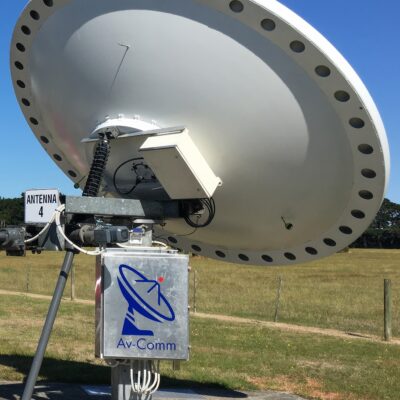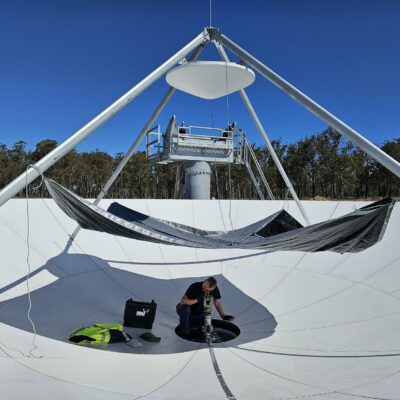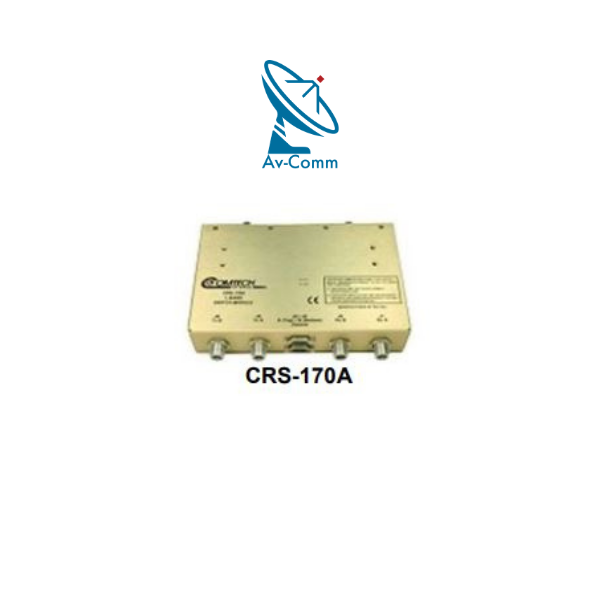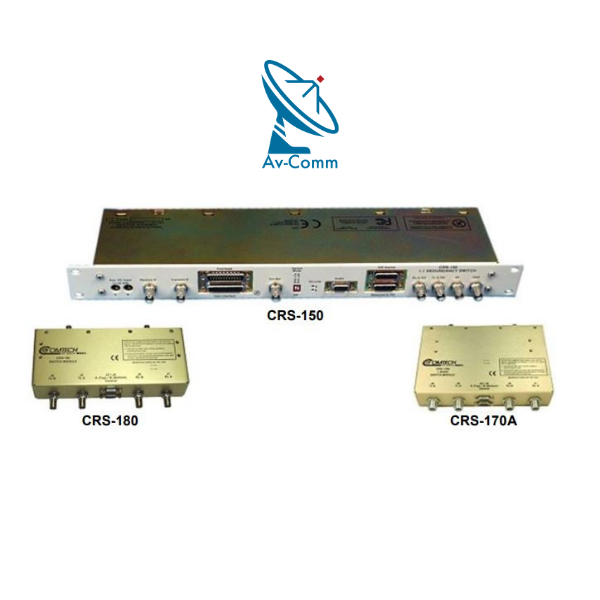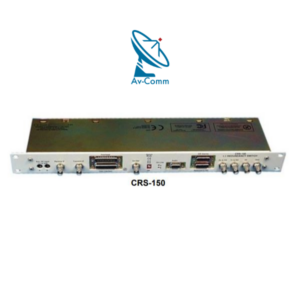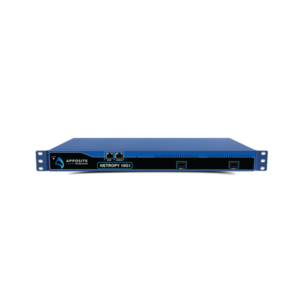Your cart is currently empty!
Comtech CRS Series-170A 1:1 Modem (L-Band) Redundancy Switches
There are two types of Comtech 1:1 redundancy switches; active and passive. The Comtech CRS Series-170A 1:1 Modem (L Band) Redundancy Switch is a passive type, which provides a copy of the TX traffic data that is delivered to the offline modem so that both modems units see identical traffic signals and in the event…
Description
Description
In the Comtech CRS Series Redundancy Switches there are two types of 1:1 switches; active and passive. The Comtech CRS Series-170A 1:1 Modem (L Band) Redundancy Switch is an passive type, which provides a copy of the TX traffic data that is delivered to the offline modem so that both modems units see identical traffic signals.
Their purpose is to continuously monitor a pair of modems in a redundant configuration, so that the unit automatically switches data and L Band signals from the primary unit to the standby unit if an equipment failure or undesired traffic condition occur. This fully protects traffic paths, and the operator can have increased confidence that equipment failures will not adversely affect system availability.
The purpose of Comtech CRS Series Redundancy Switches is to continuously monitor a pair of modems in a redundant configuration, so that the unit automatically switches data and IF signals from the primary unit to the standby unit if an equipment failure or undesired traffic condition occur. This fully protects traffic paths, and the operator can have increased confidence that equipment failures will not adversely affect system availability.
The net result is the same: both modems see the identical TX and RX traffic signals permitting the continual comparison of fault status. A significant feature of the switches is the Auxiliary Serial connections between the two modems in the pair. The online unit interrogates the standby unit at regular intervals to determine its configuration. If a difference in configuration is detected, the online unit automatically re-configures the standby unit, so that the configurations are always synchronised. The advantage of this feature is clear:
If the standby unit is replaced, it does not have to be reprogrammed to match the online unit — the process is entirely automatic.
Manual And Automatic Switchover
Manual switchover is enabled from the front panel or remote control of the online modem. Automatic switchover conditions are user-defined by setting two switches at the front of the unit. The user can select Unit Faults only, Unit Faults or Receive Traffic Faults, Unit Faults or Transmit Traffic Faults, or all three. This user-configured feature provides a great deal of flexibility in the operation of the switches.
Operation
Only one modem in the pair (the online unit) is permitted to transmit its IF carrier signal at any one instant. For total security, the offline modem mutes its TX carrier, and the switch provides further isolation by using an RF relay within the unit. Unlike some other 1:1 redundancy systems, which use a passive power combiner for this function (losing approximately 3.5 dB in output power level), the switch does not introduce any attenuation of output signal level. The switches support all interfaces that each modem supports, including, RS-232/422, G.703, ASI, Ethernet, OC-3 copper, etc. Operators do not have to configure the interface type – control signals from the modems perform the selection automatically.
Comtech EF Data Corporation is a leading supplier of satellite bandwidth and link optimisation. Comtechs’ high-performance satellite communications infrastructure solutions feature groundbreaking efficiency, robust intelligence and unparalleled horsepower. Commercial and government users around the world utilise our solution suite to reduce OPEX/CAPEX and to increase throughput for the most demanding fixed and mobile networks.
Additional information
Additional information
| Weight | 6.5 kg |
|---|---|
| Dimensions | 50 × 40 cm |
| Frequency Band | |
| SKU | CRS-170A |
Let us do your dishes for you
Let our team of field-engineers and technicians find innovative and smart solutions to your communications challenges.







